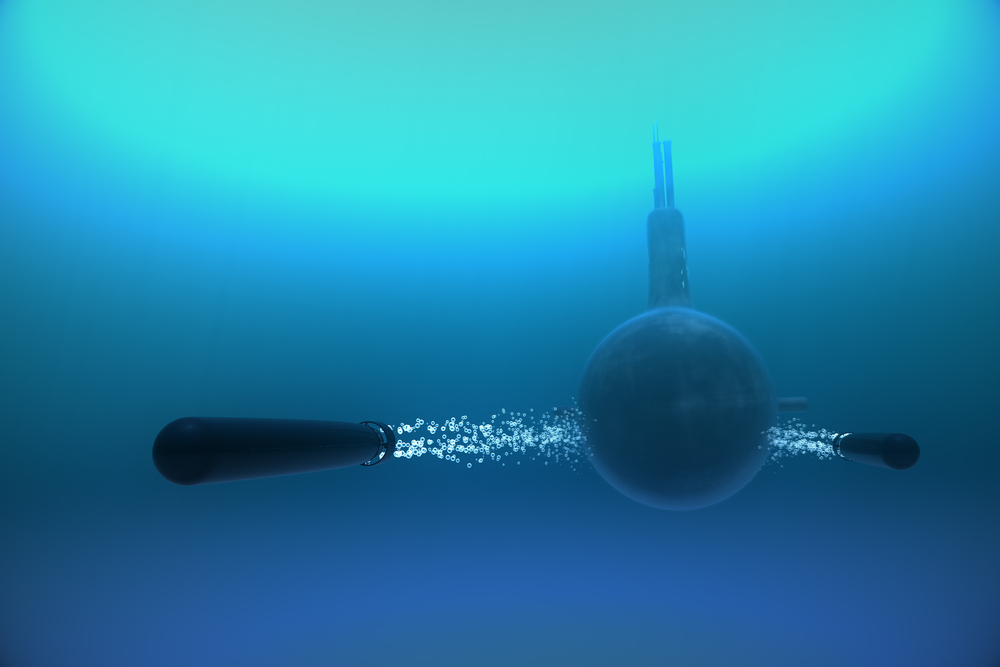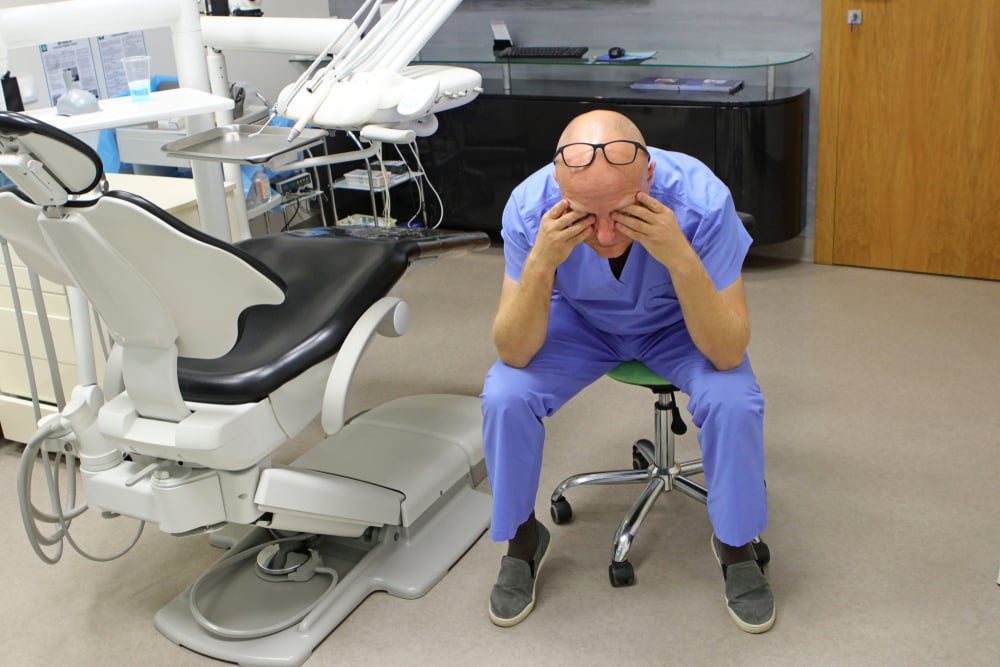After Pearl Harbour, the only significant part of the US naval fleet remaining in the Pacific were the submariners.
Tasked with attacking enemy shipping, their primary weapon was the Mark 14 torpedo. Due to American naval doctrine at the time, this torpedo was rarely used, however after the Pearl Harbour event, these torpedoes were suddenly used in large numbers by the submariners.
And they were hopeless!
The submariners quickly noticed that firing off large numbers of torpedoes rarely caused a successful sinking of enemy ships, and their concerns were quickly passed up the chain to those who were in command.
Both the company that developed the torpedo, and those in the upper echelon's of the navy, dismissed these concerns. They blamed the submariners for having insufficient courage, for not being close enough when firing, having poor aim, and not maintaining the torpedo correctly.
- It should be noted that the submariners had the highest casualty rate of any branch of the US forces.
- It should also be noted that the casualty rate of those back on the mainland did not have a very high casualty rate at all and nor did they have experience using their own protocols for the intended purpose.
Such criticism of the former by the latter is breathtaking in it's ironic audacity
- It took from December 1941 until May 1943 for the problems to be identified.
- No testing of a live round was ever carried out in development.
- Several of the faults seemed to mask each other in "simulation" tests.
- Simulation runs were done with no live warhead but instead,
- a proximity sensor that was decided was a reliable indication of a "hit".
- The location from where it was fired was too deep, and so it's proximity sensor caused it to go off prematurely and the firing pin would bend and not set the warhead off if it was used.
It took an actual practicing submariner to run tests that determined the problem, and always in the face of criticism from those involved in development or in the upper officer staff of the navy.
This story causes me to think of much of the science that underpins our dentistry
If anything, this reminds us that in vitro testing, no matter how good it is, may not accurately simulate real usage of any material or procedure. It is possible, that no matter how well we try to simulate something, that we still produce something that is a complete dud because of a factor we couldn't appreciate until after we have tried it many times in real life.
We need to re-appreciate the importance of large numbers of people using a material or method in actual real clinical practice. This after all, is the actual point of developing a new material or procedure, and if it does not work in actual large scale clinical practice, then it is no good, no matter what those of a more academic or conflict of interest bent might say.
One of the massive advantages we have nowadays is internet forums. Such arenas allow hundreds, often thousands of dentists to comment on the success or failure of a procedure in actual clinical practice. It is likely that forums will start to provide a level of clinical confidence, if they do not already, that exceeds much of the literature.
So next time two hundred dentists are arguing over which procedure works in their hands, be grateful. Don't go throwing words like 'literature' and 'evidence base' around like a naval bureau of ordnance officer trying to undermine those who are literally dying because of their mistakes.
Next why don't you read I'm Afraid All The Time. We can feel the fear and do it anyway!




